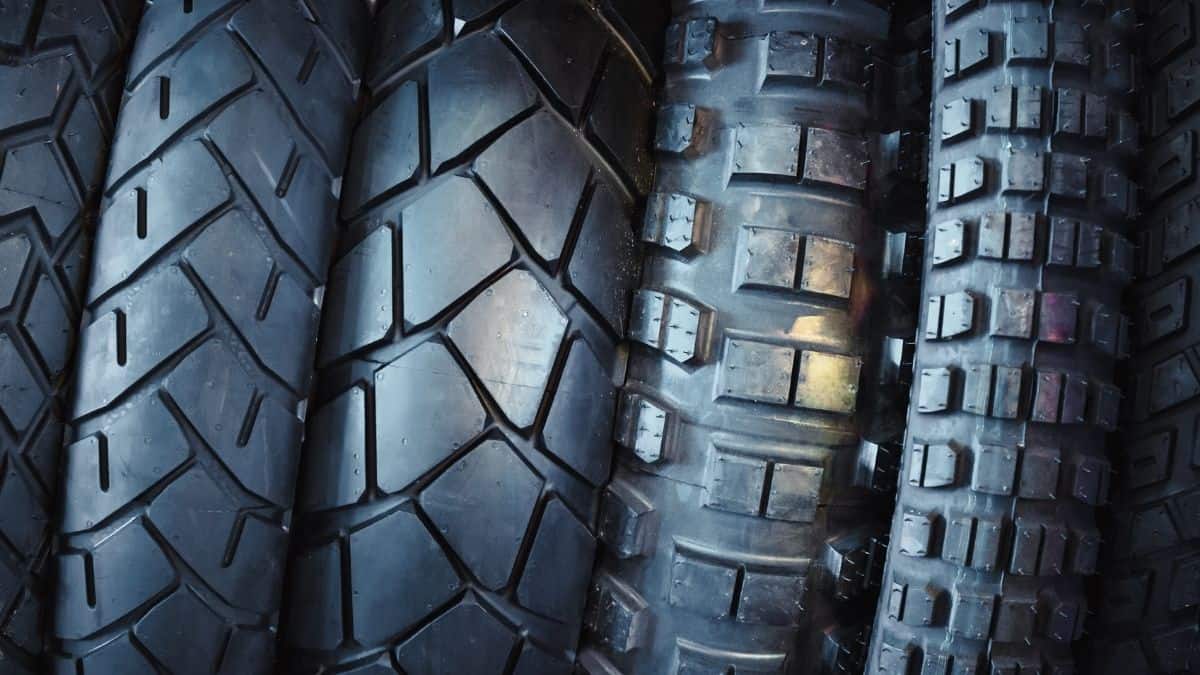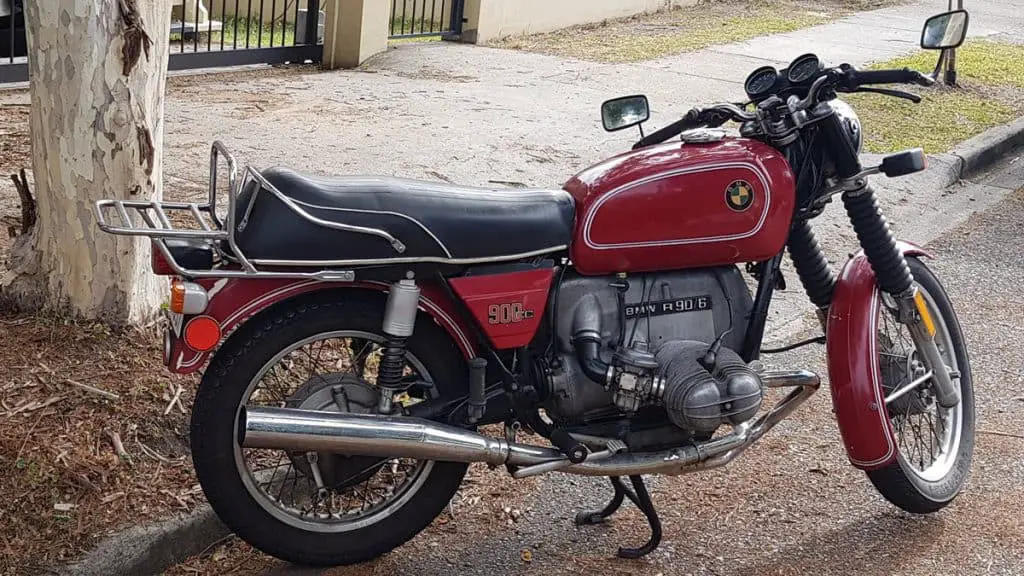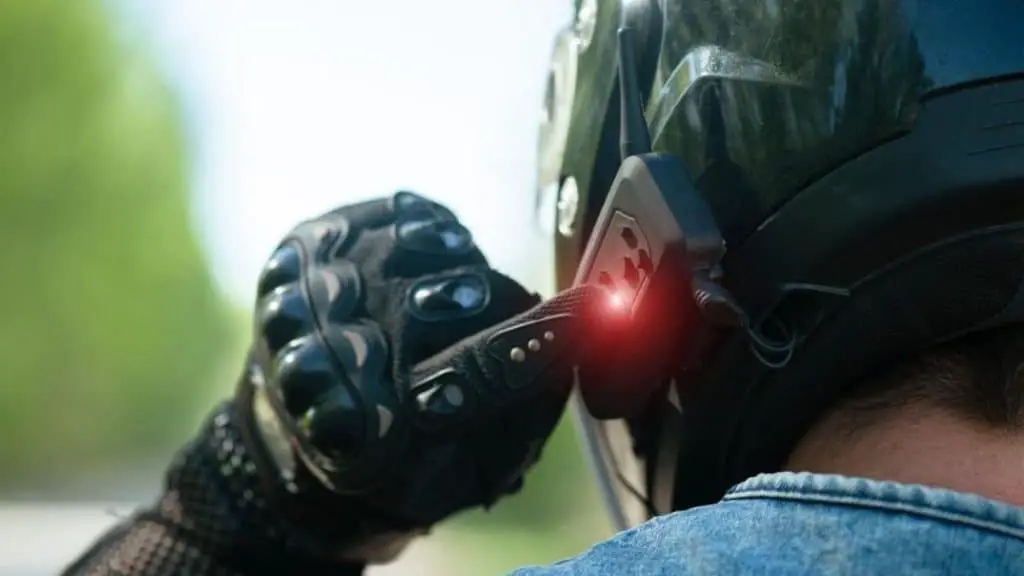Where Are Your Michelin Motorcycle Tires Made?
Tires are arguably the most important part of your bike, you can have the newest, sleekest, fastest, loudest motorbike of them all but if your tires aren’t up to scratch you will never reach you or your bikes full potential. Because we rely on our tires so heavily when riding frequently, it makes sense to be investing in a good set of quality tires, and whenever we think of a good set of quality tires, the name Michelin or their jolly mascot should come to mind. Although for most of us, the where aspect of “who, what, when, where, and why” of the Michelin brand may be a bit foggy.
Let us enlighten you on what makes your Michelin tires stand out and where in the world are your Michelin tires actually coming made.
Related post: Our Top 4 Picks for Best Motorcycle Tire Repair Kit in 2024
What Are Michelin Tires?
Michelin tires are a French tire manufacturing company that was started by two French brothers in 1889 and has since grown to become the largest produces of tires in the world. They have developed Zero Pressure Technology™, EverGrip™, BAZ Technology™ along with a range of other patented and non patented technology that has helped to make the world of motorcycle tires what it is today. If you are in the market for some new tires, be sure to check out our top picks in motorcycle tires.
Where Are Michelin Tires Made?
While Michelins are providing tires to over 170 counties in the world their headquarters is still based in France, their tries are actually made all over the world.
They are produced in 69 countries including a range in Europe, as well as in Japan, the UK and of course the USA.
Michelin has been making tires in the USA since the 1950s. Their manufacturing plant also made tires for cars, heavy-duty trucks, tractors, and planes, and their plants are based in Alabama, North and South Carolina, and Arkansas.
How Are Tires Made?
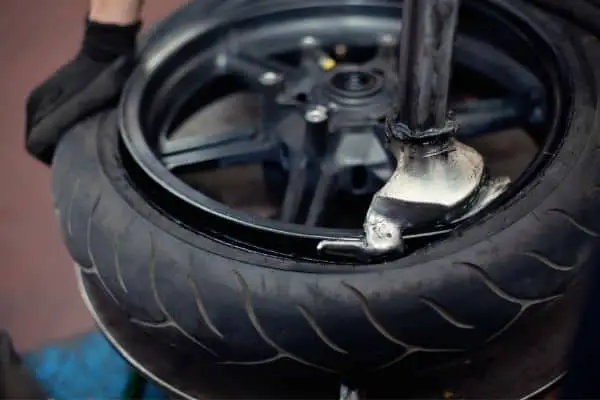
All of the design and engineering for Michelin tires happens at their headquarters in Clermont, France. The rubber which is processed at other Michelin facilities has a three-week time frame from when it arrives to when it must be made into a finished tire.
The tires start their life as chunks of rubber that are rolled and cut to size while constant computer checks are being done on the weight and width as well as the type of rubber being processed.
At the same time, there are fabric cutting machines that are preparing the raw fabrics such as Kevlar or Aramid which are known as “laizes”.
From here, the tires are assembled in a process that can take a single person anywhere from 3 to 10 minutes. The tires are then cured in temperatures 65 – 90 degrees Celsius (150-190 degrees Fahrenheit for you Americans out there) which binds the materials together, all of which takes place in less than 10 minutes.
After all of this, their work is still not done. The final and most important stage of producing Michelin quality tires is in the testing. They test and test and test their tires over 1 billion miles or the equivalent to driving around the world 40,000 times. Some of their other tests include a straight off the assembly manual check to look for defaults. If the tire fails any of their strenuous tests they are simply destroyed.
What Are The Main Components In A Tire?
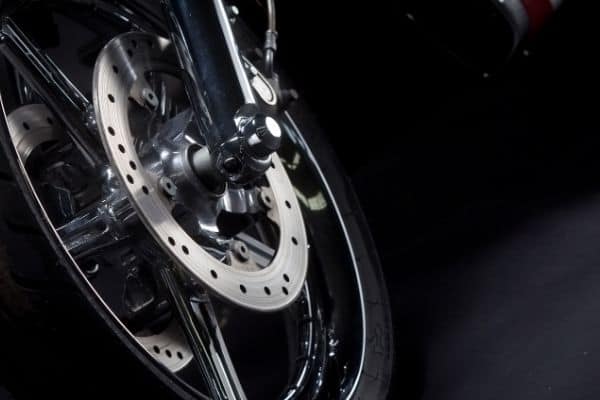
A typical tire has 9 layers or components.
An inner layer is followed by a carcass ply which conceits around 1,400 thin fiber cords.
Next comes the lower beaded area which is where the tire grips the metal rim and then the beads themselves which create an airtight fit keeping your tire seated in the rim.
The sidewall is there to protect your tire from you if you hit a curb and it is also where you will find any important details about your tire written.
The casing ply is responsible for the strength of your tire while the cap ply acts as a safety barrier by reducing heat and friction when driving at high speeds.
The crown plies create the base for the tread which the tread itself being the final layer.
Frequently Asked Questions
What are the benefits of Michelin tires?
Michelin Tires have earned their very sold reputation over the past 100 years. They are a premium tire brand and that comes with a price. The benefits, however, we feel, make it worth it. You can rest assured when you buy a set of Michelin tires that they have been thoroughly tested and the design is world-class. They are well made and you will get your money’s worth because of that.
Are Michelin tires right for me?
At the end of the day, choosing which tires are right for you comes down to personal preference.
What works for me may not work for you because everyone had different riding styles and there are a lot of factors that influence which motorcycle tire will work for you.
That being said, if the budget isn’t high on your list of musts or you are looking to upgrade your wheels then giving Michelin tires a go probably isn’t something you are going to regret.
How long will my Michelin tires last?
As a general rule of thumb, you should be replacing your tires (Michelin or not) after 10 years. Even if they look like they are in good condition, it’s time for a new pair of wheels. Other than that, there are too many factors that influence how long your tires will last for there to be a rule of thumb.
Some things to look out for though are how much tread is left on your tires, the condition of the road you are riding on, and what pressure you are running in your tires. If you are ever unsure about how much more life your set of old faithfuls have in them, most mechanics will be happy to have a quick check and let you know how much longer they think you have.

